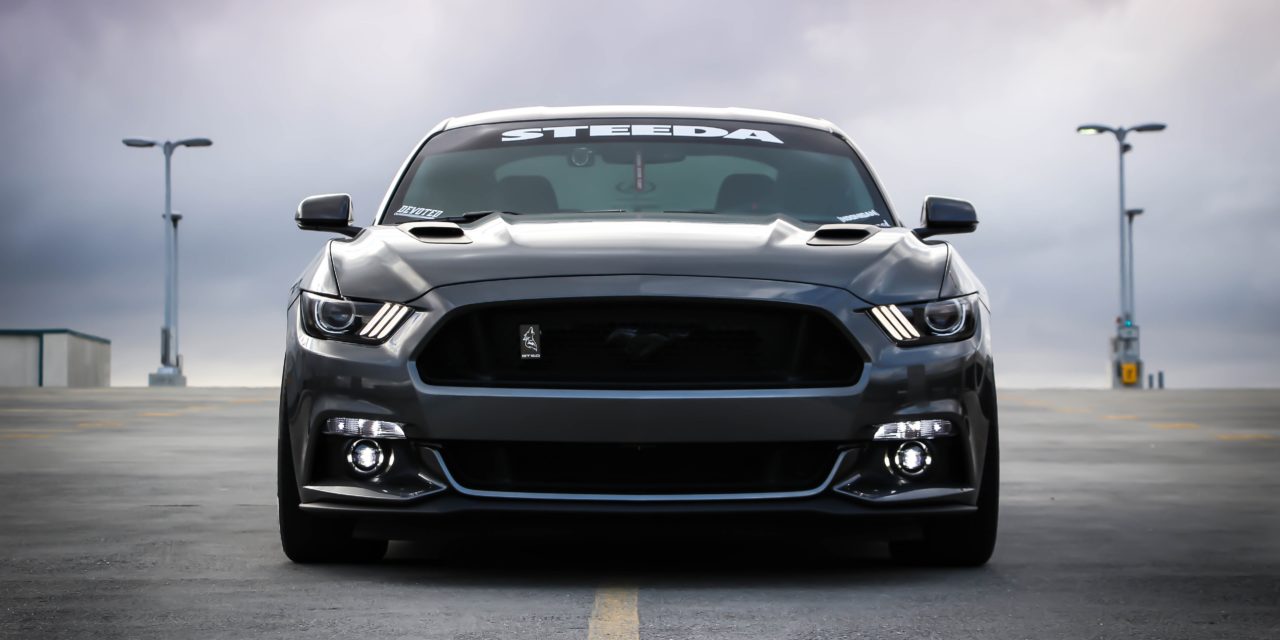[ad_1]
Many people love the idea of a hybrid but are concerned about the hybrid performance in the dead of winter. In order to answer this question I took a Kia Hybrid on an extended 2 day demonstration. Lots of people write about how the Kia Hybrid operates in winter in places like Vancouver, or Chicago, but Winnipeggers will only trust a true Winnipeg test so now we are giving it the true Winnipeg in January test. By the way average Winnipeg temperature in January is between -23 and -13 degrees C.
The Kia Optima Hybrid that I drove was a 2012 hybrid that carried a MSRP of $30,895 plus freight, fees and taxes. Currently at time of writing Kia is showing a $3400 rebate on this vehicle which brings it level with its non hybrid counterpart.
When I was given the keys to this vehicle, it was 6pm at night, so it was dark already. The car was parked in the back lot where it had been sitting unused for the last 30 days or so. It was a cold January evening (-18 degrees C) and the car was sitting under 6 inches of snow and parked behind a plow windrow that was 8 inches high. After clearing the windshield and the drivers door I hopped in and pushed the quick start button. It started up right away and the seat quickly adjusted to the preset position. I let it warm up for a minute while I brushed the rest of the snow away from the top of the vehicle. When I hopped back in the vehicle I turned off the traction control and spun my way out of the snow that I was parked in. I drove the car up to the building and put a license plate on it. When I returned to the car it had already heated up. This was much quicker than I had expected and I was impressed.
The number one thing that customers want to know when dealing with a hybrid is what is the fuel economy. Will it save enough fuel to pay for itself? The second is how long will the battery last and how much will it cost to replace it?
Let me address the second point first. In Canada, Kia has put a 96 month 160,000 km limited warranty on the entire hybrid system. So if your battery fails within the first 8 years or 160,000 km it will be covered. This will mean that for the majority of consumers, battery life, and replacement value are non-issues.
Kia Optima Hybrid is in the Guinness Book of World records for “Lowest fuel consumption, 48 U.S. states: gasoline hybrid car” verified by a Guinness World Records adjudicator. In this display they achieved an average of 3.3l/100km. The one thing that we find in Winnipeg in January driving through the heart of the city is that you can throw energuide ratings out the window. No matter what vehicle you drive, ratings will actually be about 75% of actual gas mileage. Others may argue this but with my driving style and vehicle use I generally find these numbers are accurate no matter what vehicle I drive. This was true with the Optima Hybrid. Energuide ratings for this vehicle are 5.8 l/100km for city driving. Energuide ratings for the non-hybrid Optima are 8.6l/100km. The true mileage that I found for these two vehicles under this condition were 8.1 for the Hybrid and 11.7 for the GDI Optima. The Optima Hybrid still saves considerable fuel in Winnipeg in winter over its non-hybrid brother. One disclaimer though is that the vehicle did not run as an electric vehicle until about 17km into the trip so it was sitting between 11 and 12 l/100km until the last km in which it started running completely off the EV and average gas consumption plummeted.
So for those who ask the question if the Hybrid will pay for itself, in this application the answer is resoundingly yes. Current rebates on the Hybrid make this vehicle priced about the same as the Optima EX. Therefore, costs of purchasing are approximately the same regardless whether you choose Hybrid or Gasoline Direct Injection (GDI). If the vehicle is driven 100,000km with this difference in fuel consumption, the savings will amount to $3780. This number is based on fuel at $1.05/liter. Savings will be greater at a higher gas price. Remember that this is based on winter driving alone. This will increase for anyone who commutes more than 20km per trip. As stated the EV motor started running after 17 km so gas mileage started to improve considerably. At the other end of the spectrum, if you are using your car just to go to the store and get a loaf of bread, you may not notice any winter savings. I will note that while driving the Hybrid in summer, I was running on full EV by the time I went around the block.
So for all those that ask me if a Hybrid can stand up to our Winnipeg winters I will say “definitely”. It cold weather started after a long sit, it handled well on snow covered roads, it saved fuel over the long run, and it is priced competitively with the non-hybrid version.
[ad_2]
Source by Darren P Somersall

